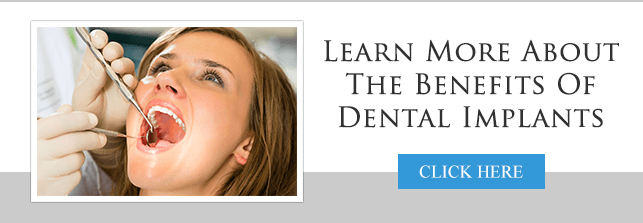
What Is A Bone Graft?
The bone grafting procedure is required when the jawbone has deteriorated to the point where it can no longer support existing or replacement teeth. The jawbone holds the roots of teeth in place, your teeth depend on the integrity of the bone to keep from shifting when you bite or chew. When a tooth is lost, the bone, which no longer serves the function of holding the root, begins to erode until it creates a hollow cavity in your jawline.
Are Bone Grafts Safe?
Bone graft materials are completely safe. They have been used in medicine and dentistry for decades without any incidents of cross-contamination. There are several different types of bone graft materials:
Autogenous Bone Graft – This source is the safest and most effective because it integrates very well and there is no risk of infectious disease, contamination or tissue rejection. The bone is typically harvested from the chin or jaw, but a shin or hip can also be used. Disadvantages of this source are that it requires two surgical sites, is more expensive and if the bone is taken from the hip or shin, requires general anesthesia and hospitalization.
Allograft – Cadaver bone that is processed using a freeze-dry method to extract the water via a vacuum. Unlike autogenous bone, allogenic bone cannot produce new bone on its own. Rather, it serves as a framework or scaffold over which bone from the surrounding bony walls can grow to fill the defect or void.
Xenograft – Is derived from non-living bone of another species, usually a cow. The bone is processed at very high temperatures to avoid the potential for immune rejection and contamination. A xenograft is perfectly safe and has been used successfully for many years.
Alloplast (Synthetic) – Sterile bone-like materials are second only to a patient’s own bone in terms of safety. This material is also absorbed and replaced over time.
To learn more about Bone Grafting or to schedule an appointment call the office of Dr. Mohammed S. Erakat at Prestige Oral Surgery today at 732-297-7000.

